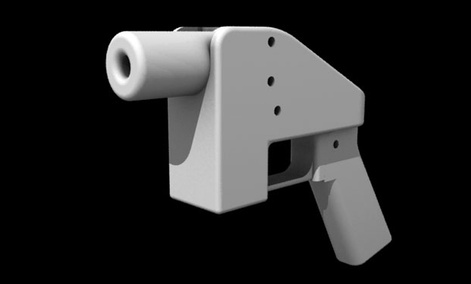


The process still remains more involved than most methods of obtaining a firearm, though. These developments have lowered the barriers to entry for those in search of untraceable guns, which have turned up at crime scenes with increasing frequency over the past few years. Many gun retailers sell kits, which include all the components necessary to assemble a gun at home.Īdvances in printing technology have driven the price of 3D printers down - they’re now around $200 on Amazon - and gun groups offer guides for getting started. To subvert regulators, some people print lower receivers at home and finish their guns using parts that can be purchased without a background check - metal barrels, for example, or factory buttstocks. Under federal law, it’s the only gun part that requires a federal background check to purchase from a licensed dealer. For example, many 3D-printed gun blueprints focus on a weapon’s lower receiver, which is basically the chassis of a firearm. Others require many additional parts, which are often metal.

Some models - like the 3D-printed gun company Defense Distributed’s “Liberator” - can be made almost entirely on a 3D printer. In the simplest terms, it’s any firearm that includes components manufactured with a 3D printer.īut 3D-printed guns vary a lot. Below, we break down the basics of plastic, 3D-printed firearms, and the controversy generated by the swelling movement to deliver them to the masses. Advancements in 3D-printing technology have yielded increasingly reliable 3D-printed firearms, many of which require no federally regulated components to function.

Making a gun from scratch at home required thousands of dollars of machining equipment and years of engineering expertise.īut in recent years, that has begun to change. For decades, weapons manufacturing has been the domain of arms industry heavyweights: Glock, Sig Sauer, Remington, Sturm, Ruger & Co.


 0 kommentar(er)
0 kommentar(er)
